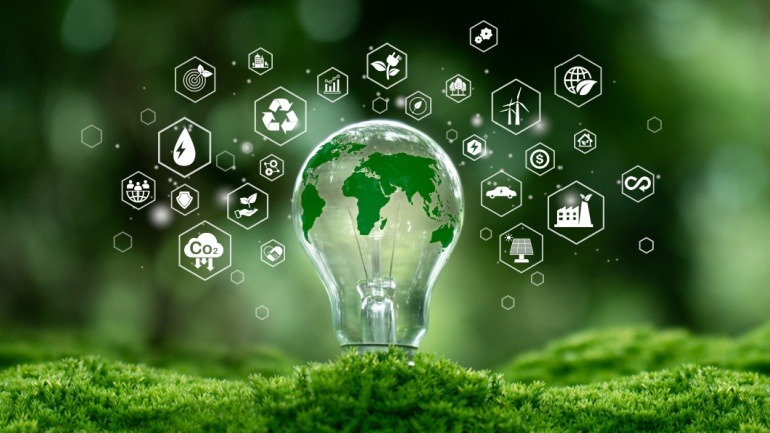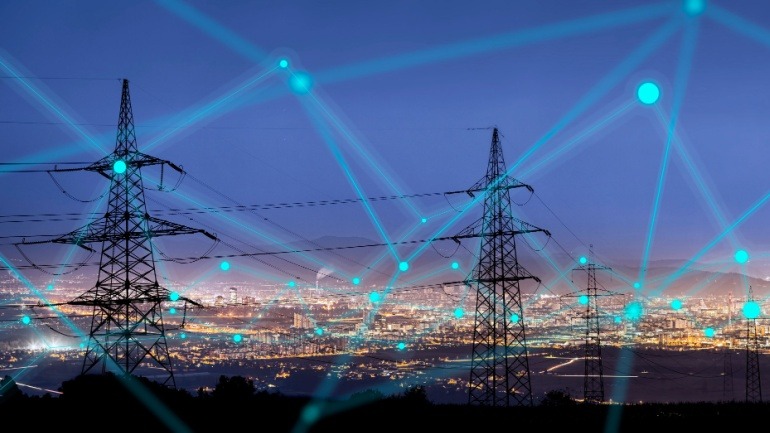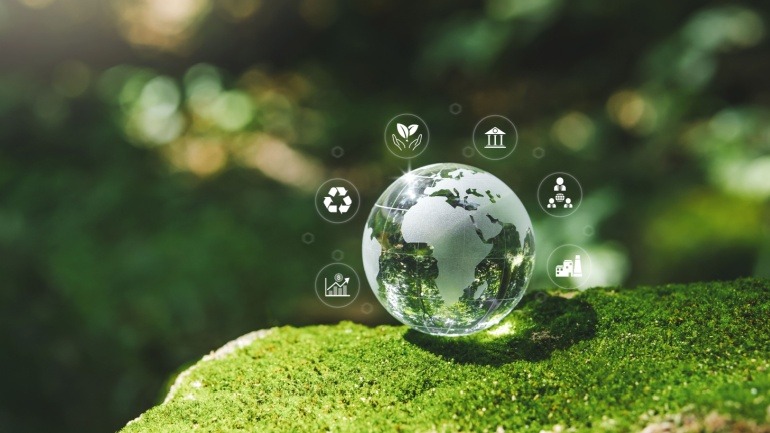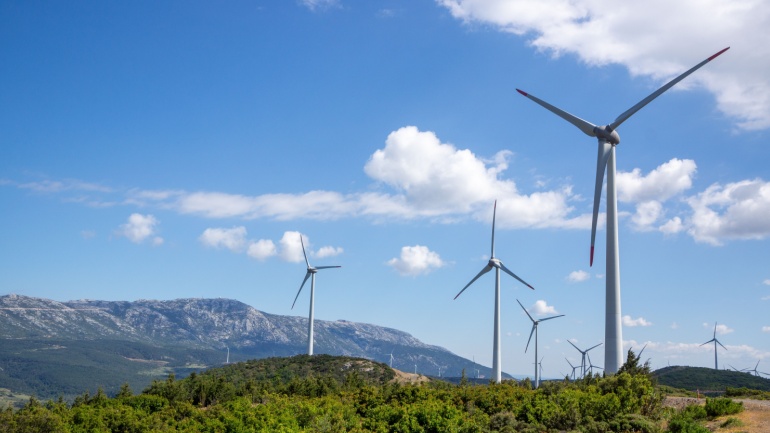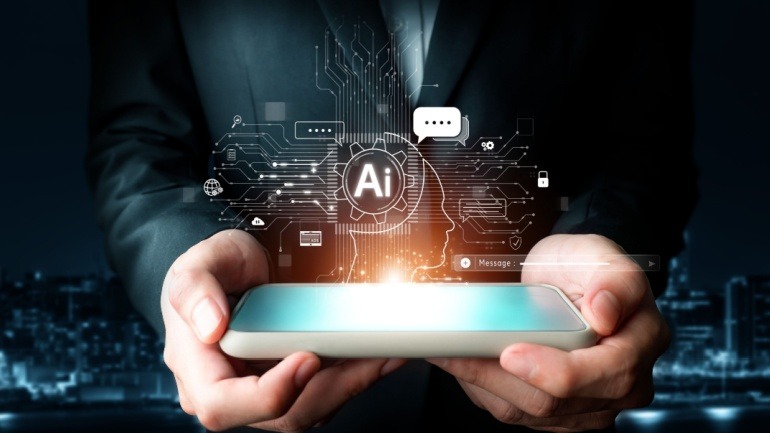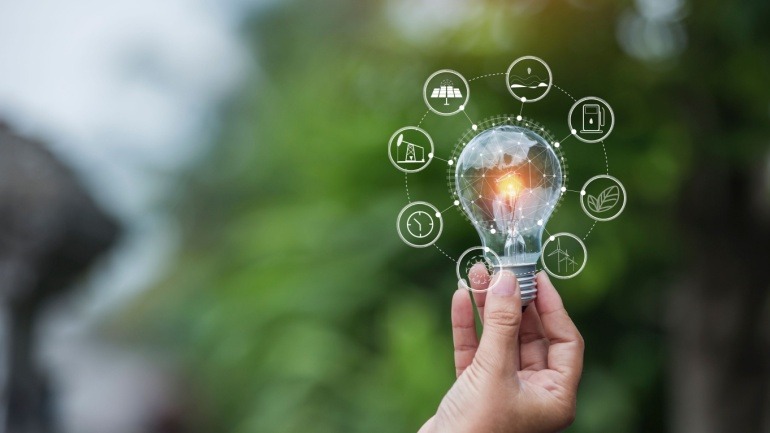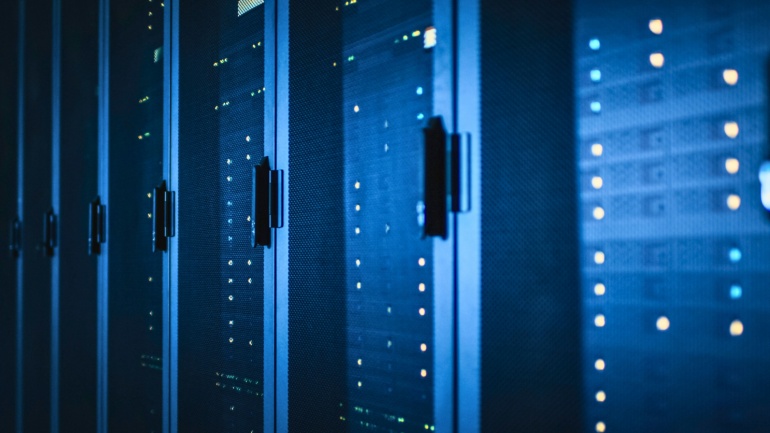Fujitsu is spearheading innovation in data center energy efficiency, partnering with Supermicro and Nidec to develop a cutting-edge liquid-cooling solution. This advancement could enhance energy efficiency by up to 40%, crucial for meeting AI workload demands.
The United Kingdom’s AI Energy Council is harmonizing clean energy with AI infrastructure. Key players like Microsoft and AWS aim to ensure sustainable power for data centers and AI facilities. This initiative aligns AI growth with renewable energy sources, enhancing the U.K.’s computing power and economic development.
Vodafone and SP Energy Networks have partnered to modernize telecoms infrastructure across Scotland’s power grid, upgrading connectivity at 19,500 substations. The project aims to boost grid reliability, speed up fault response, and support renewable energy integration—delivering a smarter, more resilient electricity network.
Vodafone UK and Ericsson have successfully harnessed innovative sleep mode technology to cut energy consumption at 5G and 4G sites. This eco-friendly approach lowers costs and carbon emissions by powering down during low-demand periods.
Nokia has partnered with TenneT to deliver optical networking for eight 2GW platforms in the Dutch North Sea, supporting renewable energy transmission. Using its 1830 PSS DWDM technology, Nokia will enable efficient data and energy flow, ensuring offshore wind energy reaches millions of homes across Europe.
In the race towards innovative technology, LG Uplus in Korea leads with energy-efficient solutions for future 6G networks. By testing an All-Photonic Transport Network with partners like Infinera, they aim to drastically reduce power consumption, ensuring a sustainable approach.
The escalating energy consumption by data centers poses critical challenges, with cooling systems driving immense power usage. As data centers expand, particularly to support emerging technologies like generative AI, power demands are mushrooming.
BT has launched an upgraded Carbon Network Dashboard, offering businesses valuable insights into electricity use and carbon emissions. This tool is essential for managing AI-driven energy demands, reducing unexpected network activity spikes.
Airtel’s partnership with Nokia under the Green 5G initiative marks a significant stride in sustainable telecommunications. By integrating energy-efficient technologies, Airtel enhances its 4G and 5G radio networks, optimizing energy usage and reducing CO2 emissions.
Google’s plans to establish a large data centre in Dublin were recently thwarted by the South Dublin County Council, citing energy consumption and environmental impact concerns. The data centre, expected to operate by 2027, faced issues over the strain on the national power grid and insufficient on-site renewable energy, sparking a broader debate about sustainable digital growth.




